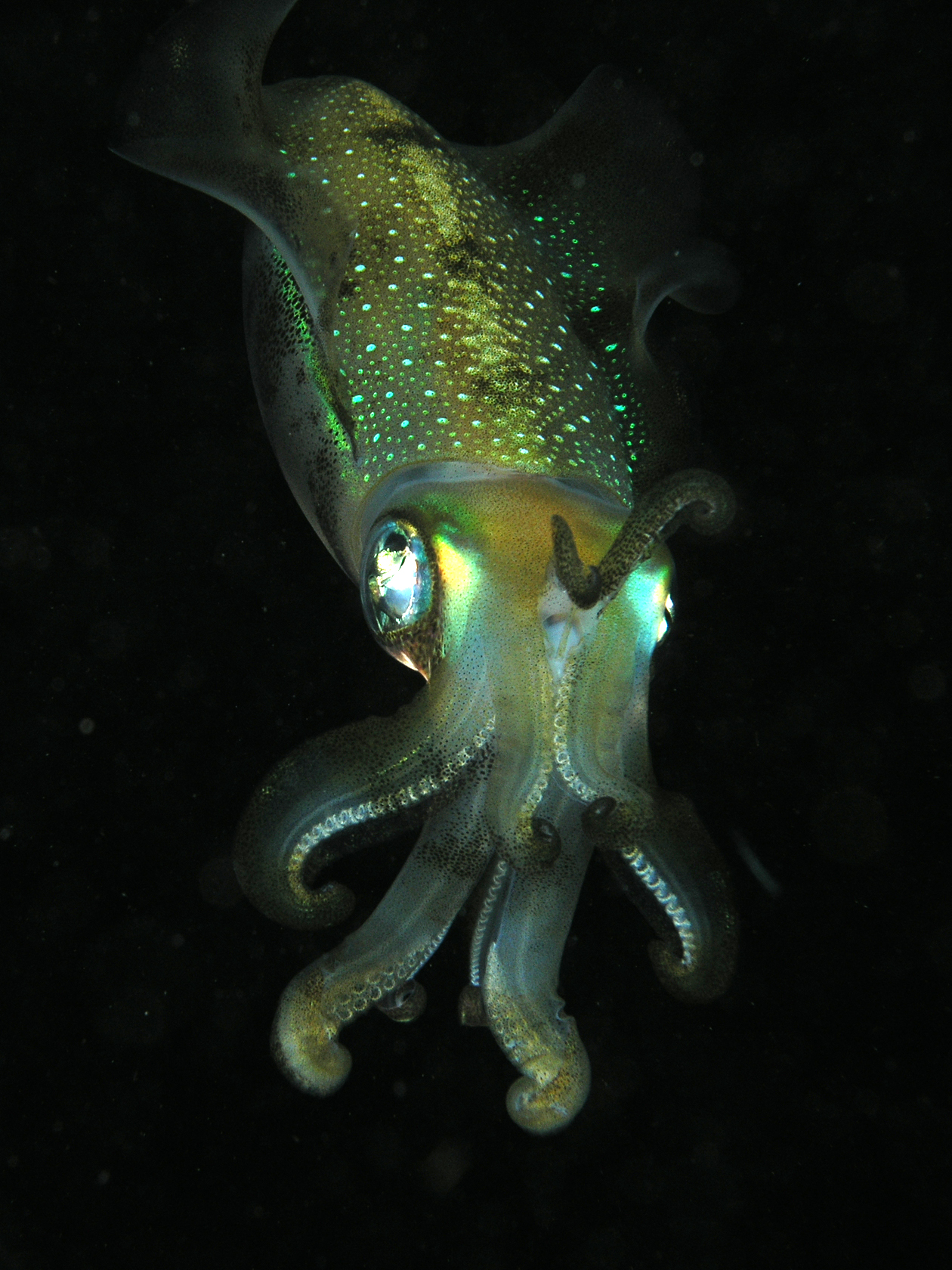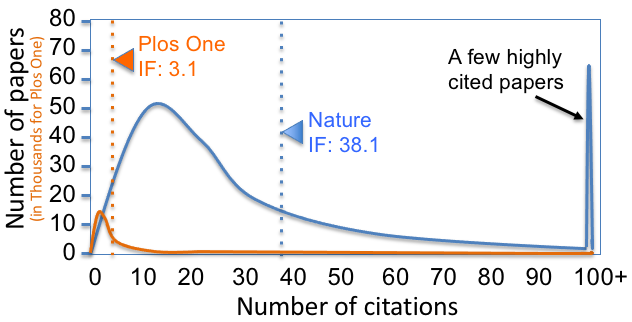|
The Veliger
''The Veliger'' was a peer-reviewed scientific journal covering malacology. The journal was established in 1958 and published its last issue in September, 2014. It was published by the California Malacozoological Society and Northern California Malacozoological Club. Abstracting and indexing The journal is abstracted and indexed by: According to the ''Journal Citation Reports'', the journal has a 2013 impact factor of 0.462. Hijacking In March 2015 it was reported that ''The Veliger'' had been hijacked by a journal calling itself ''Veliger: An International Journal in Science''. In contrast to the real journal, the fake one has a website, and covers all areas of science. Although authors need to pay a high article processing charge to have their articles published, only paid subscribers to the fake journal can access them. The fake journal links to the archives of the real one, and gives the impression that the impact factor and inclusion in Scopus and Thomson Reuters ... [...More Info...] [...Related Items...] OR: [Wikipedia] [Google] [Baidu] |
Veliger Cover
A veliger is the planktonic larva of many kinds of sea snails and freshwater snails, as well as most bivalve molluscs (clams) and tusk shells. Description The veliger is the characteristic larva of the gastropod, bivalve and scaphopod taxonomic classes. It is produced following either the embryonic or trochophore larval stage of development. In bivalves the veliger is sometimes referred to as a D-stage (early in its development) or pediveliger (late in its development) larva. This stage in the life history of these groups is a free-living planktonic organism; this mode of life potentially enhances dispersal to new regions far removed from the adult mollusks that produced the larvae. The general structure of the veliger includes a shell that surrounds the visceral organs of the larva (e.g., digestive tract, much of the nervous system, excretory organs) and a ciliated velum that extends beyond the shell as a single or multi-lobed structure used for swimming and particulate fo ... [...More Info...] [...Related Items...] OR: [Wikipedia] [Google] [Baidu] |
Scopus
Scopus is Elsevier's abstract and citation database launched in 2004. Scopus covers nearly 36,377 titles (22,794 active titles and 13,583 inactive titles) from approximately 11,678 publishers, of which 34,346 are peer-reviewed journals in top-level subject fields: life sciences, social sciences, physical sciences and health sciences. It covers three types of sources: book series, journals, and trade journals. All journals covered in the Scopus database are reviewed for sufficiently high quality each year according to four types of numerical quality measure for each title; those are ''h''-Index, CiteScore, SJR ( SCImago Journal Rank) and SNIP (Source Normalized Impact per Paper). Searches in Scopus also incorporate searches of patent databases. Overview Comparing ease of use and coverage of Scopus and the Web of Science (WOS), a 2006 study concluded that "Scopus is easy to navigate, even for the novice user. ... The ability to search both forward and backward from a particu ... [...More Info...] [...Related Items...] OR: [Wikipedia] [Google] [Baidu] |
English-language Journals
English is a West Germanic language of the Indo-European language family, with its earliest forms spoken by the inhabitants of early medieval England. It is named after the Angles, one of the ancient Germanic peoples that migrated to the island of Great Britain. Existing on a dialect continuum with Scots, and then closest related to the Low Saxon and Frisian languages, English is genealogically West Germanic. However, its vocabulary is also distinctively influenced by dialects of France (about 29% of Modern English words) and Latin (also about 29%), plus some grammar and a small amount of core vocabulary influenced by Old Norse (a North Germanic language). Speakers of English are called Anglophones. The earliest forms of English, collectively known as Old English, evolved from a group of West Germanic ( Ingvaeonic) dialects brought to Great Britain by Anglo-Saxon settlers in the 5th century and further mutated by Norse-speaking Viking settlers starting in ... [...More Info...] [...Related Items...] OR: [Wikipedia] [Google] [Baidu] |
Publications Established In 1958
To publish is to make content available to the general public.Berne Convention, article 3(3) URL last accessed 2010-05-10.Universal Copyright Convention, Geneva text (1952), article VI . URL last accessed 2010-05-10. While specific use of the term may vary among countries, it is usually applied to text, images, or other content, including paper ( |
Malacology Journals
Malacology is the branch of invertebrate zoology that deals with the study of the Mollusca (mollusks or molluscs), the second-largest phylum of animals in terms of described species after the arthropods. Mollusks include snails and slugs, clams, and cephalopods, along with numerous other kinds, many of which have shells. One division of malacology, conchology, is devoted to the study of mollusk shells. Malacology derives . Fields within malacological research include taxonomy, ecology and evolution. Applied malacology studies medical, veterinary, and agricultural applications; for example, mollusks as vectors of disease, as in schistosomiasis. Archaeology employs malacology to understand the evolution of the climate, the biota of the area, and the usage of the site. In 1681, Filippo Bonanni wrote the first book ever published that was solely about seashells, the shells of marine mollusks. The book was entitled: In 1868, the German Malacological Society was founded. Zoologi ... [...More Info...] [...Related Items...] OR: [Wikipedia] [Google] [Baidu] |
Article Processing Charge
An article processing charge (APC), also known as a publication fee, is a fee which is sometimes charged to authors. Most commonly, it is involved in making a work available as open access (OA), in either a full OA journal or in a hybrid journal. This fee may be paid by the author, the author's institution, or their research funder. Sometimes, publication fees are also involved in traditional journals or for paywalled content. Some publishers waive the fee in cases of hardship or geographic location, but this is not a widespread practice. An article processing charge does not guarantee that the author retains copyright to the work, or that it will be made available under a Creative Commons license. Background Journals use a variety of ways to generate the income required to cover publishing costs (including editorial costs, any costs of administering the peer review system), such as subsidies from institutions and subscriptions. A majority of open access journals do not charge a ... [...More Info...] [...Related Items...] OR: [Wikipedia] [Google] [Baidu] |
Hijacked Journal
Journal hijacking refers to the brandjacking of a legitimate academic journal by a malicious third party. Typically the imposter journal sets up a fraud website for the purpose of offering scholars the opportunity to rapidly publish their research online for a fee. The term hijacked journal may refer to either the fraud or the legitimate journal. The fraudulent journals are also known as "clone journals". Similar hijacking can occur with academic conferences. Background In 2012, cyber criminals began hijacking print-only journals by registering a domain name and creating a fake website under the title of the legitimate journals. The first journal to be hijacked was the Swiss journal ''Archives des Sciences''. In 2012 and 2013, more than 20 academic journals were hijacked. In some cases, scammers find their victims in conference proceedings, extracting authors' emails from papers and sending them fake calls for papers. There have also been instances of journal hijacking where ... [...More Info...] [...Related Items...] OR: [Wikipedia] [Google] [Baidu] |
Impact Factor
The impact factor (IF) or journal impact factor (JIF) of an academic journal is a scientometric index calculated by Clarivate that reflects the yearly mean number of citations of articles published in the last two years in a given journal, as indexed by Clarivate's Web of Science. As a journal-level metric, it is frequently used as a proxy for the relative importance of a journal within its field; journals with higher impact factor values are given the status of being more important, or carry more prestige in their respective fields, than those with lower values. While frequently used by universities and funding bodies to decide on promotion and research proposals, it has come under attack for distorting good scientific practices. History The impact factor was devised by Eugene Garfield, the founder of the Institute for Scientific Information (ISI) in Philadelphia. Impact factors began to be calculated yearly starting from 1975 for journals listed in the ''Journal Citatio ... [...More Info...] [...Related Items...] OR: [Wikipedia] [Google] [Baidu] |
Journal Citation Reports
''Journal Citation Reports'' (''JCR'') is an annual publicationby Clarivate Analytics (previously the intellectual property of Thomson Reuters). It has been integrated with the Web of Science and is accessed from the Web of Science-Core Collections. It provides information about academic journals in the natural sciences and social sciences Social science is one of the branches of science, devoted to the study of society, societies and the Social relation, relationships among individuals within those societies. The term was formerly used to refer to the field of sociology, the o ..., including impact factors. The ''JCR'' was originally published as a part of '' Science Citation Index''. Currently, the ''JCR'', as a distinct service, is based on citations compiled from the '' Science Citation Index Expanded'' and the '' Social Sciences Citation Index''.- - - Basic journal information The information given for each journal includes: * the basic bibliographic information ... [...More Info...] [...Related Items...] OR: [Wikipedia] [Google] [Baidu] |
Elsevier
Elsevier () is a Dutch academic publishing company specializing in scientific, technical, and medical content. Its products include journals such as '' The Lancet'', '' Cell'', the ScienceDirect collection of electronic journals, '' Trends'', the '' Current Opinion'' series, the online citation database Scopus, the SciVal tool for measuring research performance, the ClinicalKey search engine for clinicians, and the ClinicalPath evidence-based cancer care service. Elsevier's products and services also include digital tools for data management, instruction, research analytics and assessment. Elsevier is part of the RELX Group (known until 2015 as Reed Elsevier), a publicly traded company. According to RELX reports, in 2021 Elsevier published more than 600,000 articles annually in over 2,700 journals; as of 2018 its archives contained over 17 million documents and 40,000 e-books, with over one billion annual downloads. Researchers have criticized Elsevier for its high profit ma ... [...More Info...] [...Related Items...] OR: [Wikipedia] [Google] [Baidu] |
BIOSIS Previews
BIOSIS Previews is an English-language, bibliographic database service, with abstracts and citation indexing. It is part of '' Clarivate Analytics Web of Science'' suite. BIOSIS Previews indexes data from 1926 to the present. BIOSIS Previews is part of the ''Life Sciences'' in Web of Science. Its coverage encompasses the life sciences and biomedical sciences literature, with deep global coverage on a wide range of related subject areas. This is accomplished with access to indexed journal content from ''Biological Abstracts'', and supplemental indexed non-journal content from '' Biological Abstracts/Reports, Reviews, Meetings'' (''BA/RRM'' or ''Biological Abstracts/RRM)'' and the major publications of BIOSIS. This coverage includes literature in pre-clinical and experimental research, methods and instrumentation, animal studies, environmental and consumer issues, and other areas. The database is also provided by EBSCO Information Services through a partnership with Clarivat ... [...More Info...] [...Related Items...] OR: [Wikipedia] [Google] [Baidu] |



